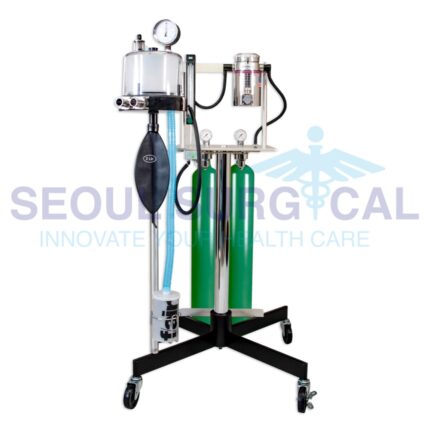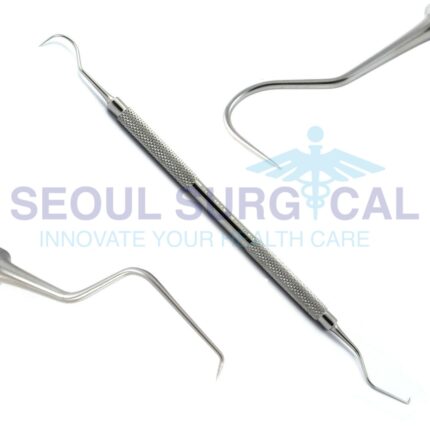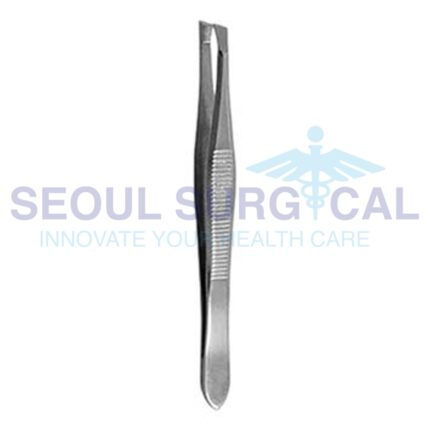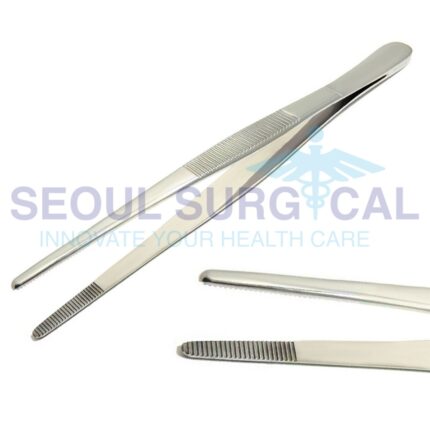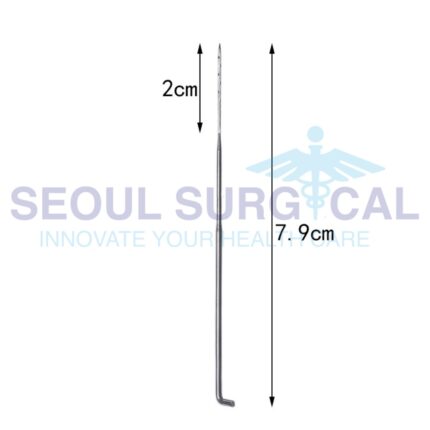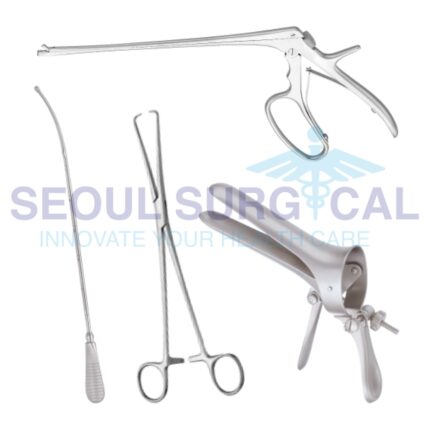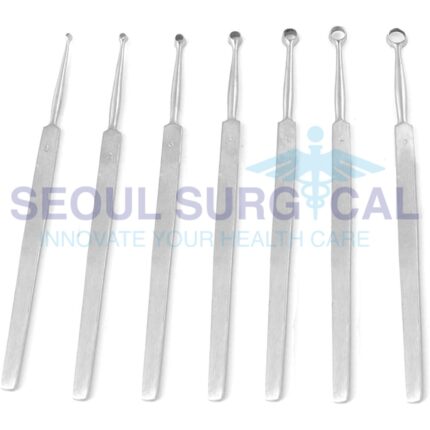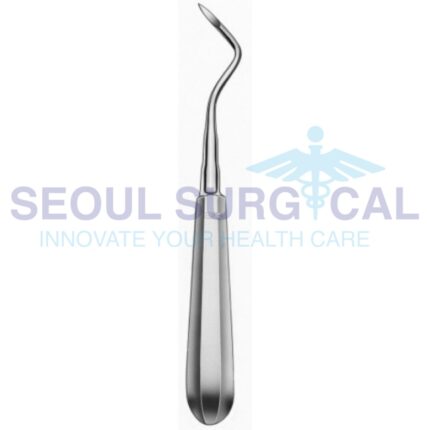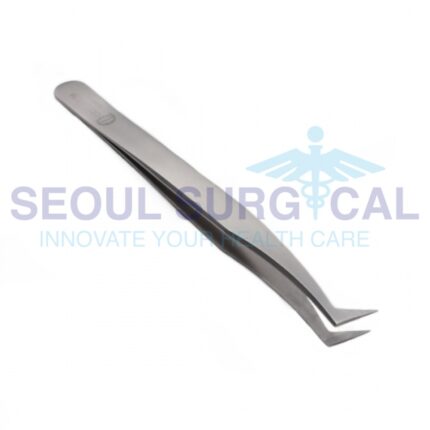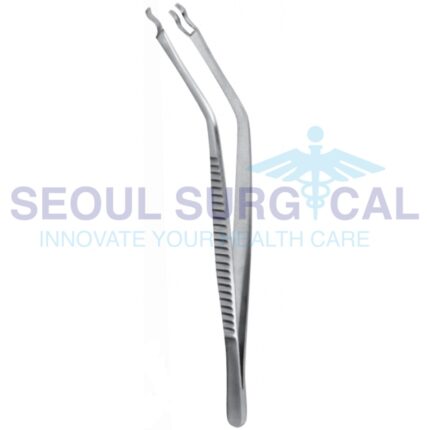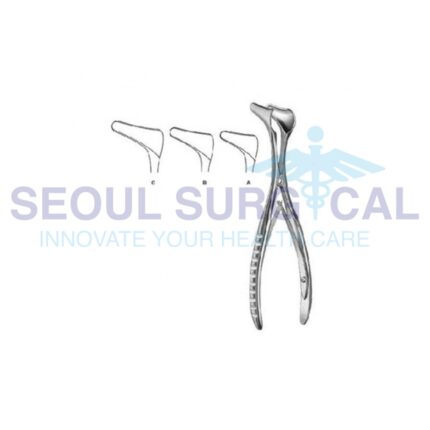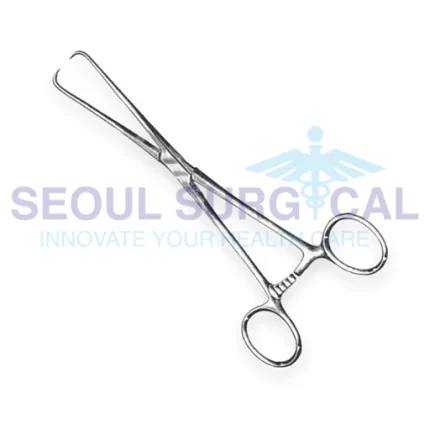Innovations in Anesthesia: Exploring Advanced Equipment for Surgical Comfort
Anesthesia equipment is carefully maintained and calibrated to ensure the safety and well-being of patients undergoing surgery or medical procedures. Anesthesia providers, including anesthesiologists and nurse anesthetists, are trained to use these instruments effectively and monitor patients closely throughout the perioperative period.
Innovations in Diagnosis: Exploring Advanced Diagnostic Instruments and Techniques
Innovations in Dressing Techniques: Exploring Advanced Dressing Forceps
Dressing forceps play a crucial role in maintaining aseptic conditions during medical procedures, especially during wound dressing changes. They are used by healthcare professionals in various specialties, including general surgery, orthopedics, dermatology, and wound care. Proper handling and sterilization of dressing forceps are essential to prevent infections and ensure patient safety. The choice of dressing forceps depends on the specific requirements of the procedure and the preferences of the healthcare provider.
Innovations in Dressing Techniques: Exploring Advanced Dressing Instruments
Innovations in Ear Health: Exploring Advanced Techniques with Otology Instruments
It's important to note that many otology instruments are designed for microsurgery and may be used in conjunction with a surgical microscope for enhanced precision. These instruments play a crucial role in the diagnosis and treatment of various ear-related conditions, including hearing loss, infections, and structural abnormalities. Surgical interventions in otology are often intricate, requiring specialized instruments and the expertise of skilled otologists or ENT surgeons.
Innovations in Gynecology: Exploring Advanced Surgical Instruments and Techniques
These instruments are used by gynecologists and other healthcare professionals to perform various diagnostic and therapeutic procedures related to women's reproductive health. It's important to note that the choice of instruments depends on the specific procedure, patient needs, and the preferences of the healthcare provider.
Innovations in Hygiene Storage: Exploring Advanced Organizational Solutions
Innovations in Maxillofacial Care: Exploring Advanced Techniques and Instruments
Oral and maxillofacial surgeons work closely with other medical and dental professionals to provide comprehensive care for patients with complex oral and facial conditions. The field involves a combination of surgical expertise, dental knowledge, and a deep understanding of the intricate anatomy of the face and jaws. Patients may be referred to oral and maxillofacial surgeons by general dentists, orthodontists, or other healthcare providers when specialized surgical care is required.
Innovations in Microsurgery: Exploring Advanced Techniques with Microscopic Forceps
Microscopic forceps play a crucial role in microsurgery, including procedures such as ophthalmic surgery, vascular anastomosis, nerve repair, and other intricate surgeries performed under a microscope. The fine manipulation and control provided by these forceps contribute to successful outcomes in delicate and challenging procedures. The choice of microscopic forceps depends on the specific requirements of the surgical procedure and the surgeon's preferences for handling small tissues with precision.
Innovations in Nasal Surgery: Exploring Advanced Techniques and Rhinology Instruments
These instruments are essential for diagnosing and treating various nasal and sinus conditions, including nasal congestion, sinusitis, nasal polyps, and structural abnormalities. Rhinology procedures often involve a combination of diagnostic and therapeutic techniques, and the choice of instruments depends on the specific nature of the condition being addressed.
Innovations in Probing Techniques: Exploring Advanced Surgical Probes
Surgical probes are essential tools that aid in the accurate diagnosis, exploration, and treatment of various medical conditions. The choice of a probe depends on the specific surgical procedure and the area of the body being addressed. Surgeons and healthcare professionals use probes with precision to ensure optimal outcomes and patient safety.

